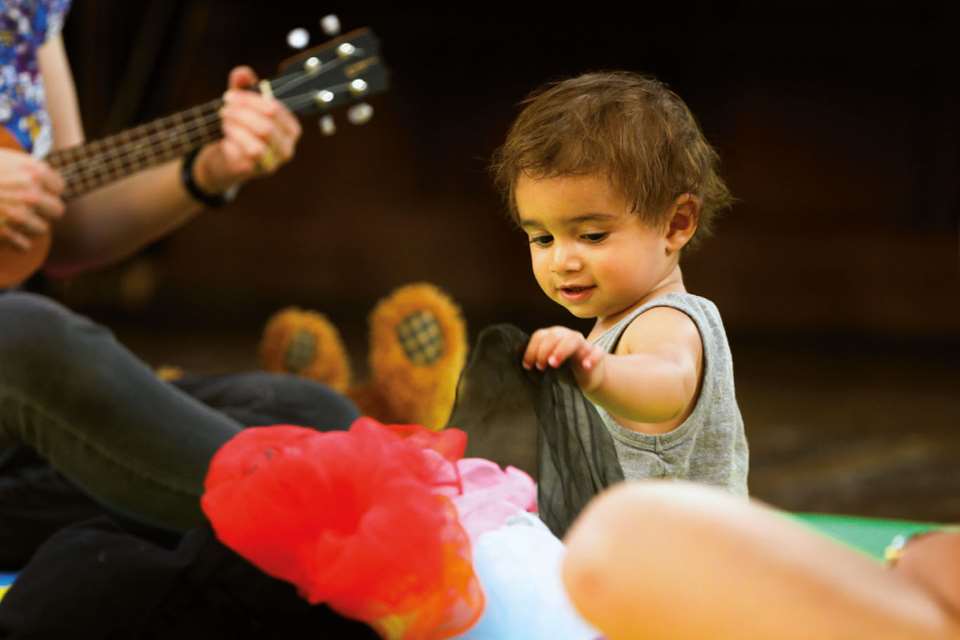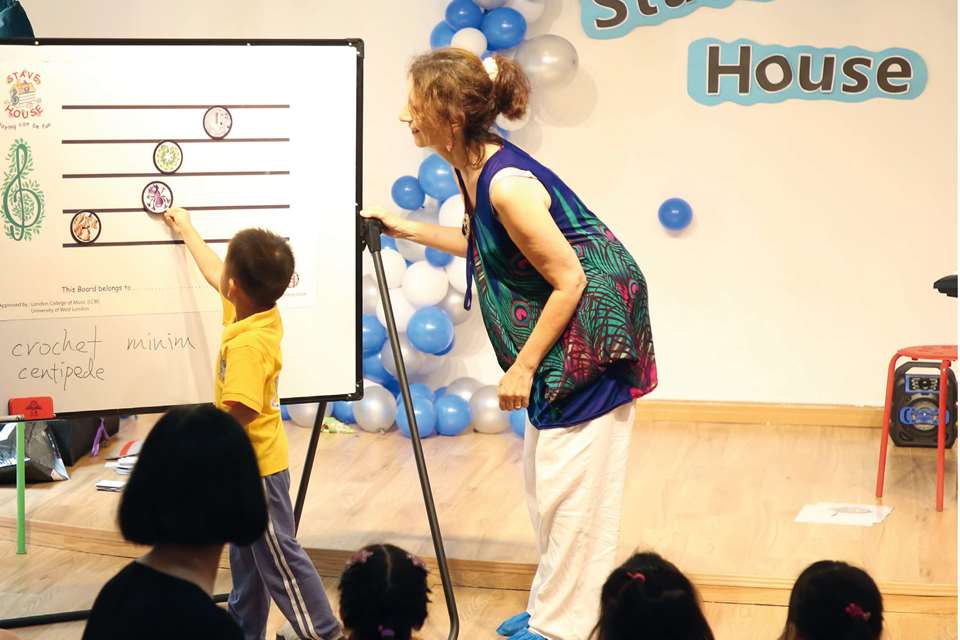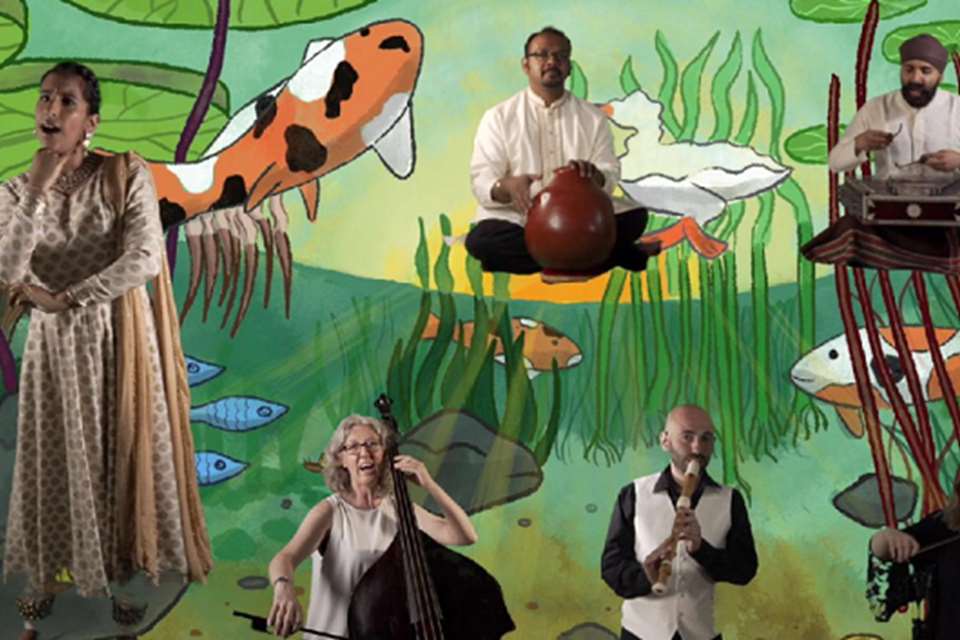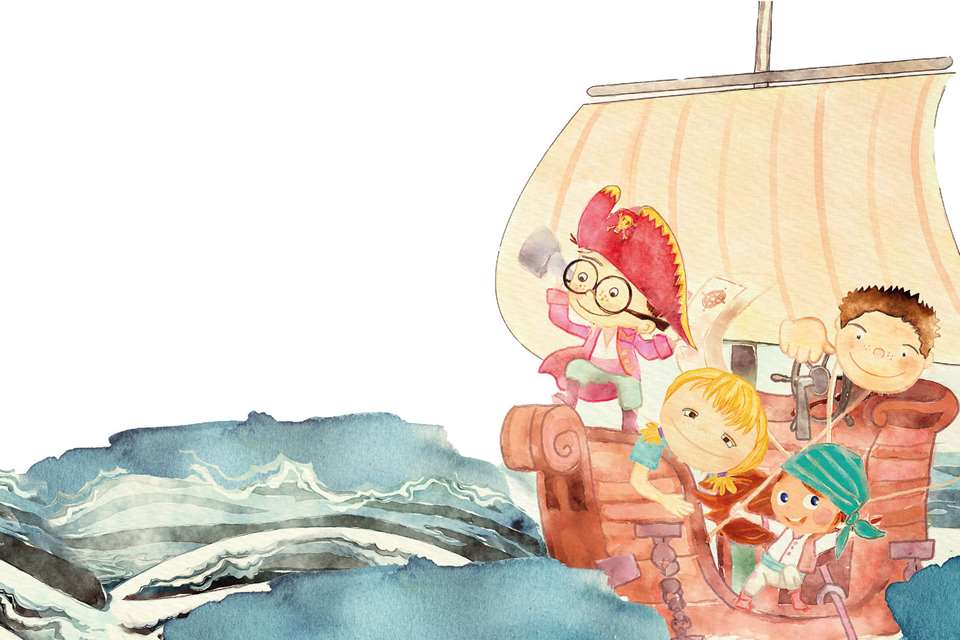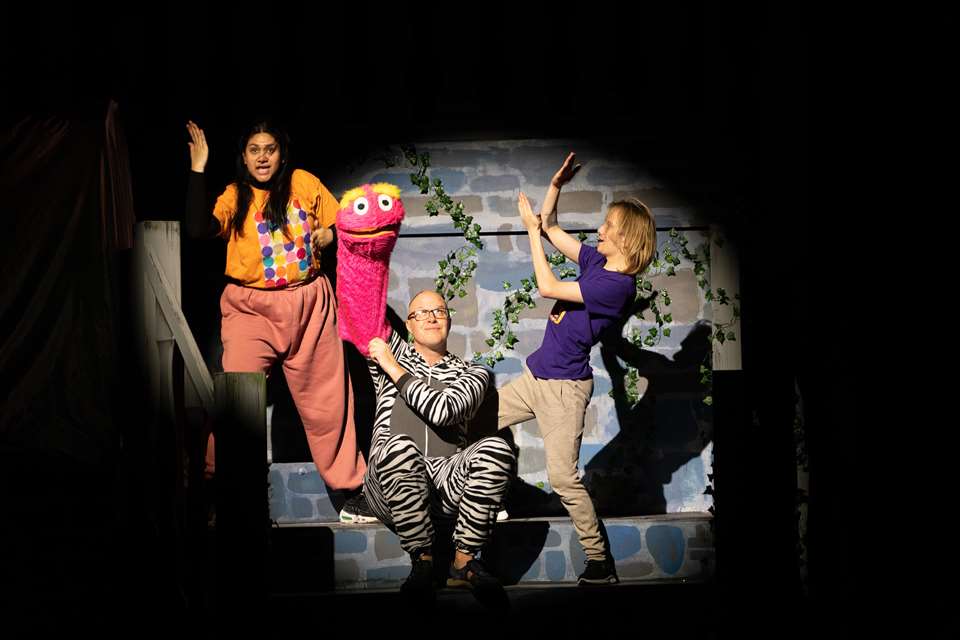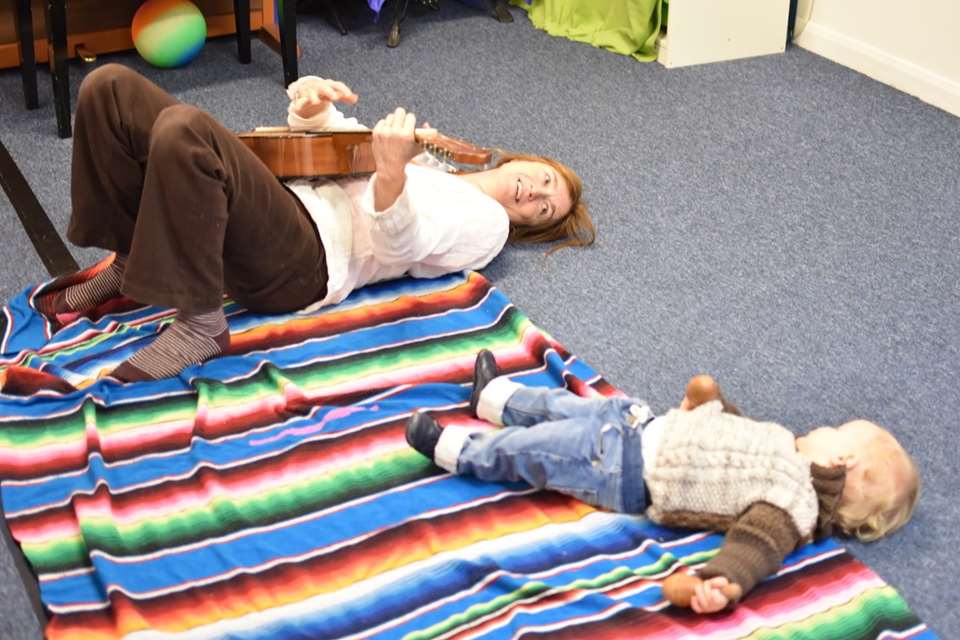Sensory play in early years: Sensational workshops
Sonia Foster
Wednesday, February 1, 2023
It is no news to workshop leaders that multisensory play can bring amazing opportunities for early years students to learn creatively with music. Workshop leader and practitioner Sonia Foster outlines why this is the case, and how this method can help those with learning difficulties to express themselves.

Adobe Stock/ Natalia Leb
My mother recalls me, as an eight-year-old child, declaring that I wanted to become a teacher when I ‘grew up.’ I had no grasp, of course, of life-long learning or the importance of our senses in education. Throughout my career, an awareness of these has grown, and now I integrate multisensory experiences in my music workshops.
Why use sensory play?
Sensory play-based learning is a unique multisensory experience that engages all eight of our ‘known’ senses using a personalised approach. Touch, taste, smell, sight and hearing are all crucial in this work, as well as movement, proprioception (an awareness of the position and movement of the body) and interoception (feeling or sensing inside the body). It allows us to support families and practitioners by providing opportunities for rich, meaningful experiences.
This method engages the subconscious mind through vibration, helping to make stronger neuro-connections. During this play, a child's central nervous system builds new pathways between the nerves and the brain, and as these stronger pathways are created, it allows stronger and more complex link formation. The stronger the link, the greater potential for learning and development.
From birth until the age of two, babies are at the oral stage of development. Therefore, their primary means of interacting is using their mouths to explore and through actions with objects. Through sensory play, they begin to identify and recognise objects and gradually show preferences. Exposure to music and sensory play combined with personalised pleasurable sensations, such as through sound or touch, will lead to a sensory reaction.
As suitable tactile stimulation takes place, signals are sent to the brain from the spinal cord and the peripheral nervous system. The information is then processed through sensory outputs or pathways leading to variable responses. Each individual will respond to the sensory stimuli and elicit a response that is unique to them.
Intergenerational sessions
Research shows that there are benefits to intergenerational interactions that bridge gaps and increase emotional and mental wellbeing. I have been able to lead intergenerational sensory sessions that have been great fun and have inspired me to explore ways of extending these experiences. Using observation skills, close monitoring, assessing and feedback, I adapt my sessions according to the individual needs and communication skills. In doing so, I continue to learn new dimensions as this open-ended approach has no predetermined outcome or boundary.
Adults play a key role in modelling play and allowing children the freedom to explore materials and instruments, thereby enabling and enriching the sensory experience. Children should be given plenty of opportunity to observe each other, make choices as well as receive guided learning and direct teaching or intervention. ‘Child-led’ practice is important as it provides the opportunity to hear the child's voice, which will inform future strategies and learning opportunities.
Brain development
Studies have shown that the first thousand days of a baby's life are the most crucial for brain development. Forming positive attachments through social interactions helps provide the foundation for learning. Communication, physical mobility and language acquisition are facilitated by loving, nurturing relationships and enabling environments.
Children with autism and or with a range of learning difficulties benefit hugely from the right sensory play and music stimulation that complements their individual preferences or learning styles. Sensory play in music gives children a means to express themselves and bring out hidden emotions and skills. This includes helping to regulate emotions and wellbeing, and helps support all areas of development as the child progresses. It offers choices by identifying a child's choices and expanding their interests. Offering new stimuli needs to be carried out regularly and sensitively: providing children with opportunities to accept or reject something is important as this gives them ownership of their learning.
Exploration
Using home-made percussion instruments, body percussion or technology provides rich, meaningful learning opportunities. Sounds that reverberate can be challenging for some learners that are tactile sensitive. In this instance, alternative approaches through observation and providing other sensory sensations can develop gross motor and fine motor skills in other ways.
The sensory experience of drumming with an open hand allows a child to enjoy feeling the connection of their hand and deciding how to play and when to make contact. Tactile experiences where children practise hand-eye coordination can help to scaffold this learning further.
In my workshops, participants can explore:
- Bilateral integration (coordinated use of both sides of the body) through sensory exploration.
- Gross motor and fine motor skills such as developing hand dominance and ambidexterity.
- Use of sensory breaks to improve concentration and remain on task.
- Spatial awareness exercises to develop a sense of the world around us.
- Creating safe spaces to reduce anxiety.
Sensory play-based learning that incorporates music helps build confidence, communication skills and relationships. Encouraging a child-led approach and using effective intervention and interaction provides a golden opportunity for using imagination and inspiration.
Attend a session on supporting rhythmic entrainment, social skills and language development in early years at the Music & Drama Education Expo 2023.


